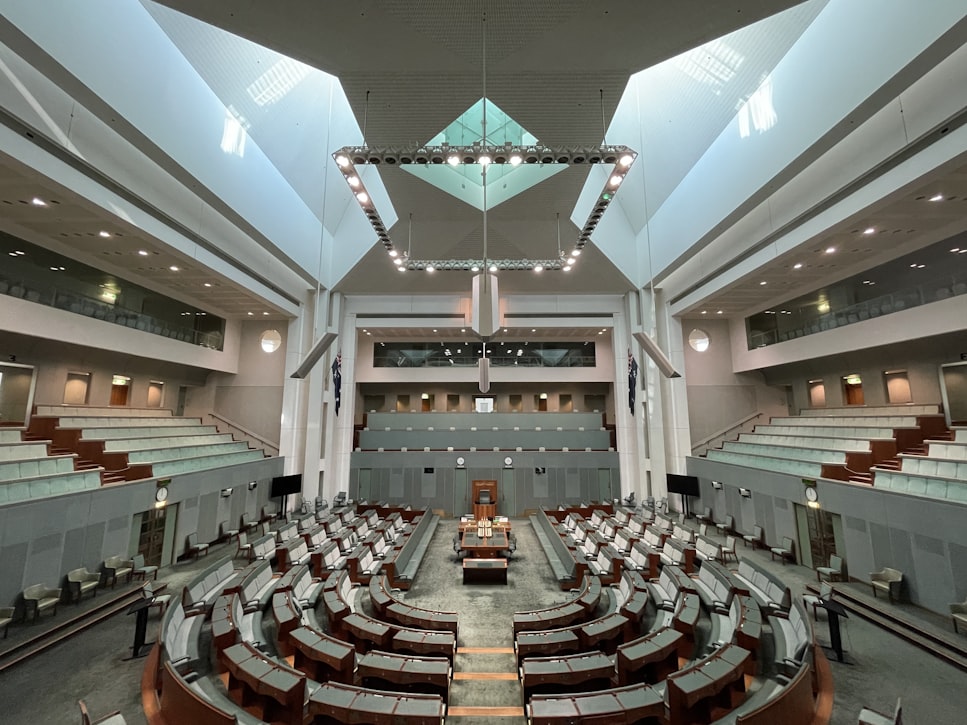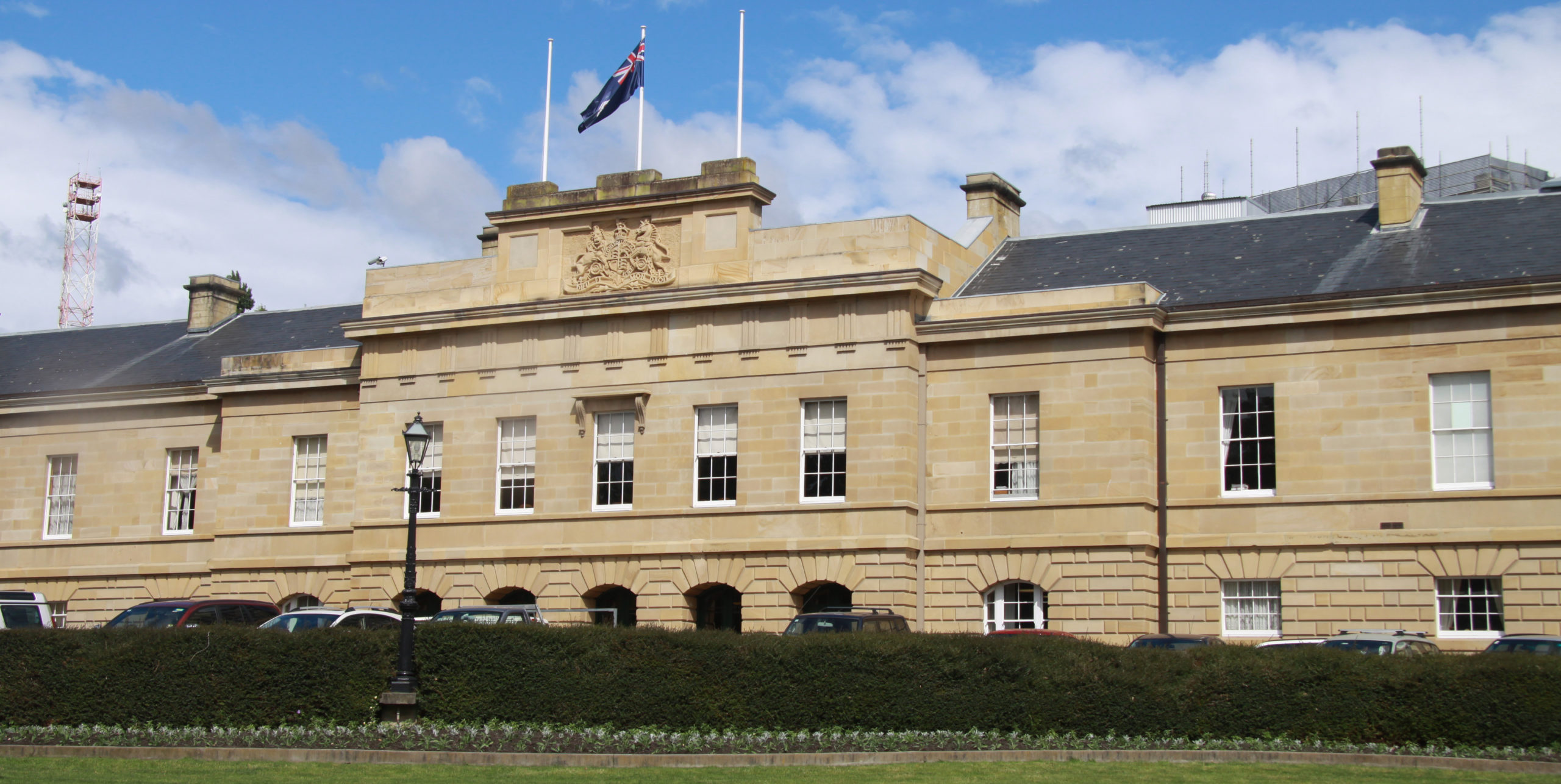“Understanding is crucial for assessing whether the economy is running too hot or too cold from an inflation control perspective and for gauging medium-term growth prospects,” Mr Conway says.
Mr Conway also outlined our assessment of the , which shapes expectations for where the OCR will tend to move over time, in the absence of economic shocks.
The speech goes beyond the business cycle to explore New Zealand’s long-term economic challenges and key factors influencing future growth – including productivity growth. It also explores drivers behind changes in New Zealand’s neutral interest rate.
Key insights
- In the absence of future shocks, economic activity in New Zealand will tend towards the level of potential output, as pandemic-related disruptions fade. Likewise, without future shocks, the OCR will tend towards the neutral interest rate.
- Over the next few years, with declining inward migration and weak productivity growth, potential output growth is likely to be modest. This will set a modest ‘speed limit’ on how fast the economy can grow without generating excess inflation pressure.
- Unlocking higher investment and productivity growth is key to raising potential output growth and improving per capita incomes. This would also reduce the likelihood of negative recessionary economic growth during future periods of restrictive monetary policy.
- Our estimates suggest that the neutral interest rate has fallen over recent decades, given weak productivity growth and aging populations. Our research suggests that this decline may be reversing and that the long-term nominal neutral interest rate currently lies between 2.5% and 3.5%.
/Public Release. View in full .








